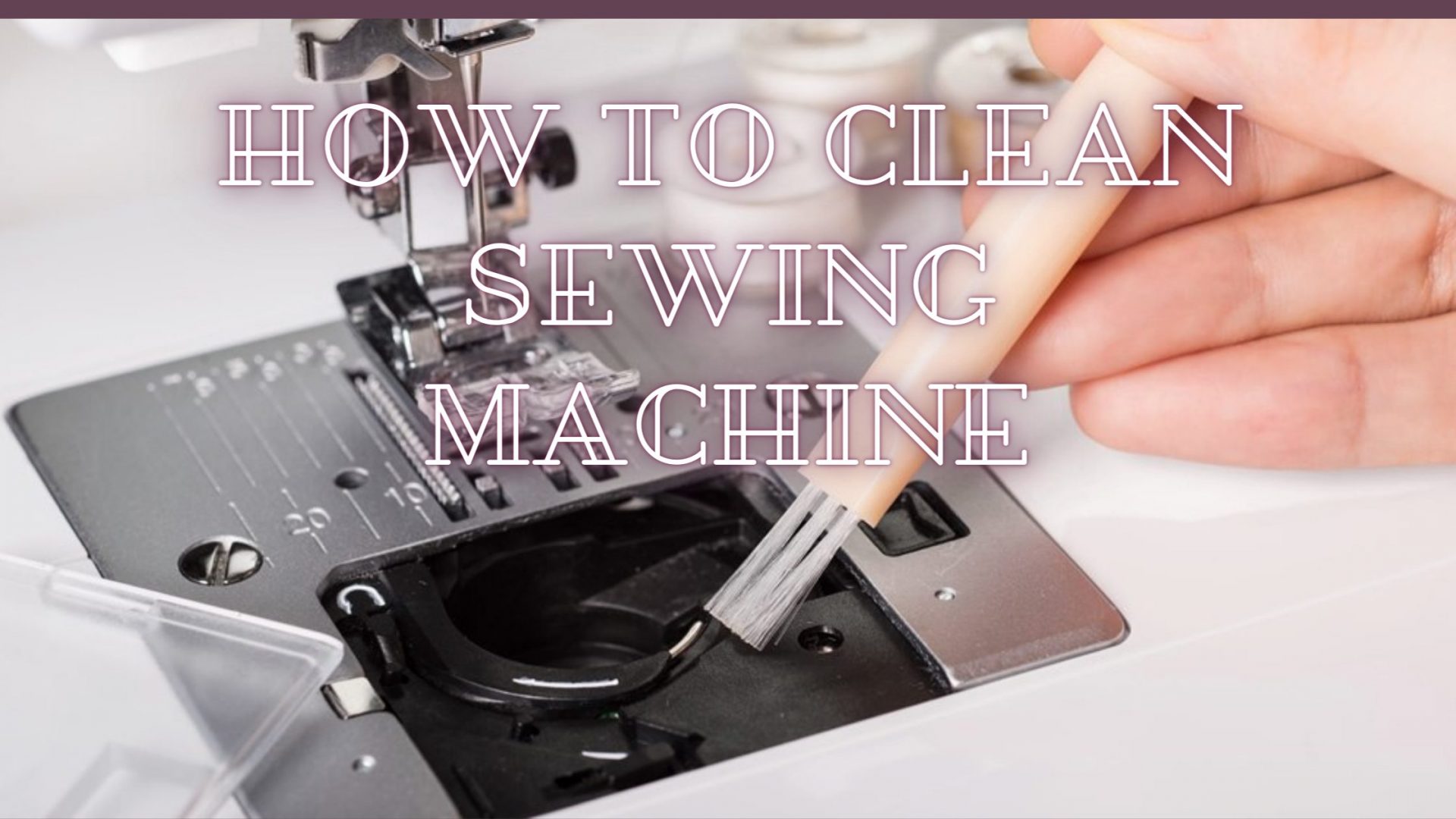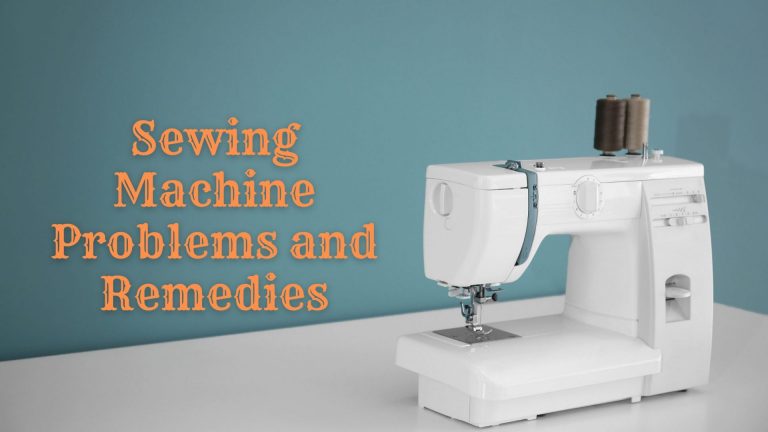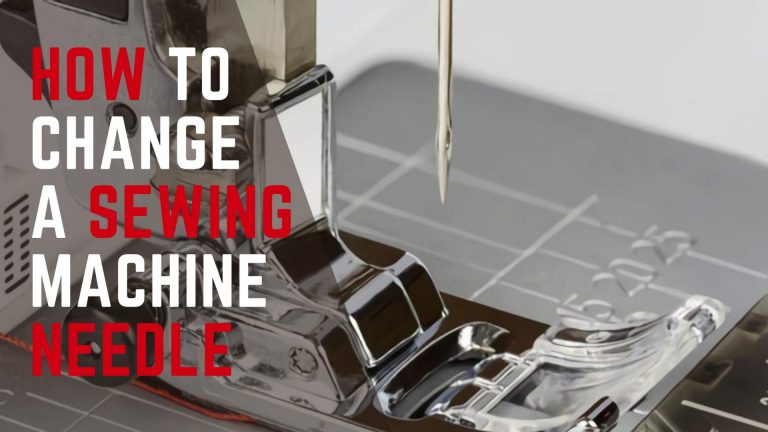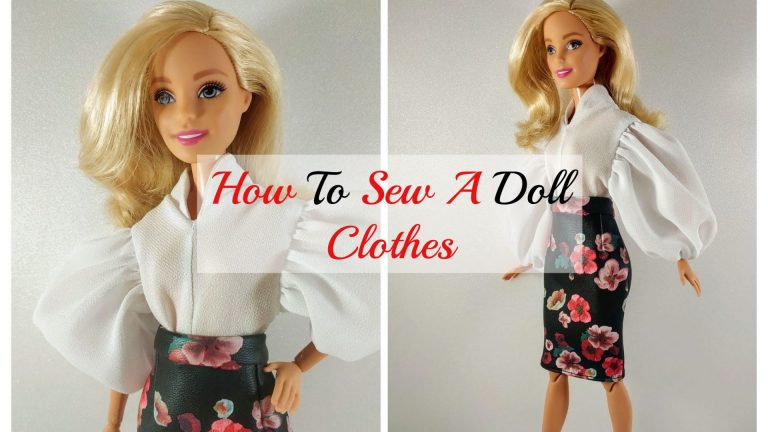How to Clean, Oil and Maintain Sewing Machine | Expert’s Tips and Guide
If there’s one factual statement for artisans, it’s that sewing machines can sense panic when you’re on a crunch. But why do sewing machines often seem to wear out in the middle of a project? It’s possible that what it needs is an effective cleaning. Cleaning out the lint is the most important thing to keep your machine working smoothly.
No matter how perfect your machine is, if you don’t understand how to maintain it correctly, it won’t be able to provide you with the greatest quality service. You will regularly encounter irritating and time-consuming difficulties such as noise and poor functioning.
Cleaning Tools for Sewing Machine
Sewing machine cleaning checklist includes a
- Screwdriver
- Small lint brush
- Tweezers
- Rubbing alcohol
- Good machine oil
- Regular needles
- and cotton balls to begin with.
Because the sanitation of sewing machines is so vital, we’ll show you how to clean several types of sewing machines in a systematic manner today.
How to Clean Singer Sewing Machine
Don’t let your vintage treasure suffer from a poor finish; understanding how to clean an old Singer sewing machine is simple.
Prior to polishing your sewing machine, brush it and wipe it with water and mild soap. Avoid alcohol-based soaps, especially if your machine has a lacquer coating. Many popular mild soaps, such as Murphy and Dawn’s Oil Soap, have minor levels of alcohol in them that might damage the finish. Ensure that the soap you pick doesn’t contain any alcohol by reading the description.
Maintaining and cleaning your Singer sewing machine includes following steps:
- Using a tiny portion of soap and warm water, make a paste.
- Squeeze a fresh cotton cloth thoroughly after dipping it once in the cleaning solution.
- Begin washing the machine with extremely gentle strokes. Cease instantly if the soap appears to be interfering with the finish.
- Pull out another cloth or towel after dipping it in clean water. Using this towel, gently sweep away the foam.
- Using another clean, dry towel, dry the area you just cleaned.
- Transfer to a new location and wash the machine one portion at a time. Always be careful and keep an eye out for any damage.
How to Clean Brother Sewing Machine
Brother machines are self-oiling, which means that when you use them, each part lubricates itself. However, with the expense of having a computerized machine serviced on the rise, understanding how to maintain your machine can save you a lot of money.
The step by step guide will show you how to effectively clean a brother sewing machine.
- Disconnect the machine from the power source socket on the front side of the machine after turning it off.
- Take out the needle, presser foot, and presser foot clamp from the sewing machine.
- To detach the needle plate cover, move the needle plate cover spring near you.
- The bobbin casing must then be removed.
- Clean any dirt from the race and its surroundings using a cleaning brush or a vacuum.
- Install the bobbin case such that the marking on the bobbin case matches the marking on the race, and your unit is fresh and new.
How to Clean a Vintage Sewing Machine
Cleaning and buffing a vintage, rusted chrome machine is mostly determined by the extent of the damage and the condition of the original chrome plating layer. When it comes to cleaning a vintage sewing machine, you have a number of options. Here are a few of the most notable ones.
Conventional sewing machine oil is used in the first approach. For the crusted-on oil or other residues, smear it on and leave it overnight. It can dissolve adhesives and cleanse your equipment quickly.
Moreover, when cleaning your vintage sewing machine, never ever use water and soap. Water causes rust, and soap removes all the machine’s lubricants, something which you cannot afford to happen in this case. Only use kerosene rather than detergent or water. Kerosene is an expert cleaning option for dusty sewing machines since it removes all dirt without being too abrasive.
After you’ve cleaned your machine with kerosene, it’ll have a rusty appearance. Use Zymol wax to let your machine look new, fresh, and shining. It is a natural wax that restores the appearance of your vintage sewing machine.
How to Clean Janome Sewing Machine
Disconnect the plug and dismantle the parts of your Janome sewing machine before cleaning it. Start brushing the dust off the machine once you’re finished.
Cleansing should start with the bobbin region because it is usually the dirtiest section of the machine. Wipe off the dirt that has accumulated around the spot using a lint brush.
Also, you can use a vacuum cleaner to cleanse the inside parts of sewing machine. In this instance, you must exercise greater caution. Ensure that the nozzle of the cleaner is at a minimum of 4” from the machine.
Next, use a liquid cleaner once you’ve swept off the dirt. Soak the lint brush with the solution and scrub the dismantled pieces with it. After evenly applying the oil to all areas, absorb any surplus oil with the smooth rag piece.
Don’t stop cleaning until you’ve checked the machine’s functionality. Simply connect it to the power source, start the engine, and monitor the results.
FAQs
How do you maintain a sewing machine?
Just like other machinery, sewing machines demands maintenance as well. The first step in the maintenance is to clean and oil the sewing machine. Brush the machine part by part and after using each time clean the machine. Change the needles often otherwise blunt needles will cause damage to your machine as well as to your material.
Maintenance is also important for longevity and better performance of any domestic or industrial sewing machine. You must not be lazy in this regard.
Can you service a sewing machine yourself?
Yes, servicing a sewing machine yourself is a piece of cake if you have basic mechanical skills. The most helpful tool is the manual that comes with the machine. By following the instructions labelled as “maintenance”, you can service the machines easily. Most of the new brands don’t allow you to serivce their sewing machines thoroughly. This is the reason why I prefer vintage sewing machine.
First, remove all the bobbins, thread spools, needles, and screws. Then, after removing the top cover, take a rug to clean out the dirt and grease. Make sure to be gentle and watch out for the springs.
How do you deep clean a sewing machine?
Cleaning the sewing machines is important as the machines acan smell fear when you’re on deadline. This means that it may stop working when you’re near a deadline. You can always go for the manual or you can follow my simple steps that I use.
For deep cleaning the sewing machine, I use a soft rug and lint brush. This helps to remove the itty bitty bits of dust and lint. I would also recommend adding fix-it tape to the tweezers ends to effectively clean the machine.
How often should you clean a sewing machine?
It depends on how often you use your sewing machine. If you don’t sew frequently, you don’t have to clean it too often. But if you’re a hobbyist or professional, you should take a break after 8 or 10 hours of use and clean your sewing machine. Most people tend to cleans their machines on project basis. In case of deep cleaning, it should be done every couple of months.
What to use to clean sewing machine?
Tweezers, lint brush, oil, screwdrivers and soft rug are the basic tools to clean a sewing machine. Other than that, you can use pencil erasers to clean the sandpaper and dental picks to clean small, unreachable areas. You can use rubbing alcohol or any substitute liquid to clean different parts of machine.
Which part of the sewing machine should be oiled?
Normally, you will be told that oiling just the housing unit is enough. But you need to oil the handwheel, shuttle hook, thread take-up lever and other moving parts of the machine as well. Make sure to use a cotton ball soaked in rubbing alcohol to clean the machine before oiling it.
Bottom Line
No body wants their machines to stop working properly. Your machine can be noisy, dusty, and malfunction if not cleaned properly. The sewing machines usually stop working if not taken care of. To keep them in shape, you do not need someone’s assistance. Instead, you only need basic proper tools and skills.
While, there are some people who are afraid to clean their machines as if they’ll end up breaking parts of it. But by following the above guide, you will know how to clean your sewing machine whether vintage or modern. For sewers, keeping a cleaning kit for sewing machine is as important as a first aid kit for your wounds.
This way you will be able to have a smooth and quiet running sewing machine. Hence, after understanding this guide, you wil be able to keep your machine clean and happy. So would you like to keep your sewing machine for a long time with you?


![How To Finish a Stitch On a Sewing Machine [Expert’s Tips and Guide]](https://stitchingnerd.com/wp-content/uploads/2022/01/How-to-End-a-Stitch-on-a-Sewing-Machine-768x432.jpg)
![How to Use a Handheld Sewing Machine [Expert’s Tips and Guide]](https://stitchingnerd.com/wp-content/uploads/2021/10/How-to-Use-a-Handheld-Sewing-Machine-768x432.jpg)



